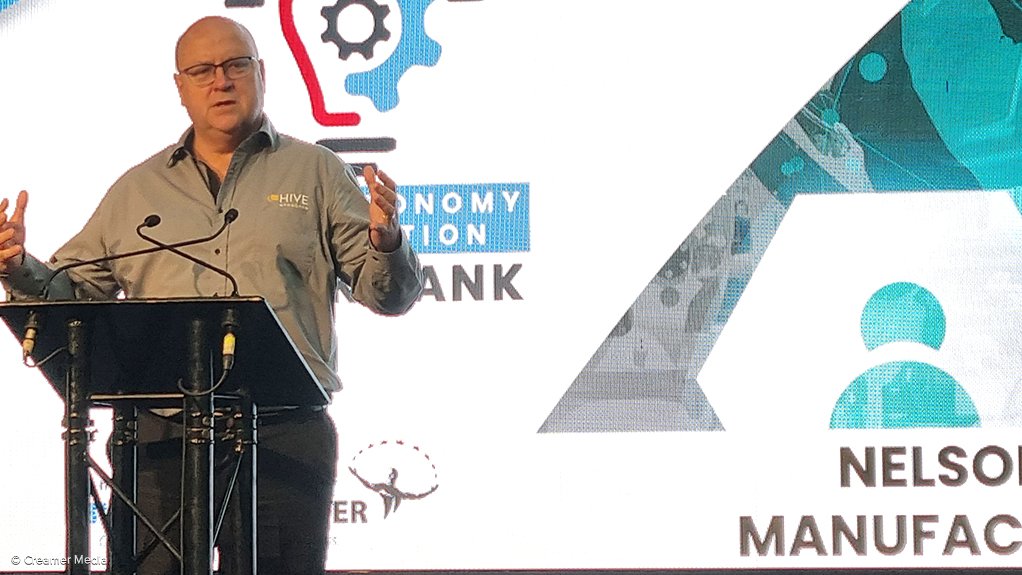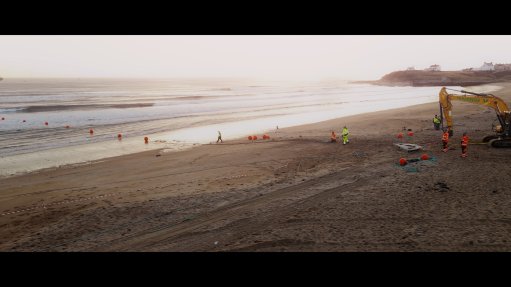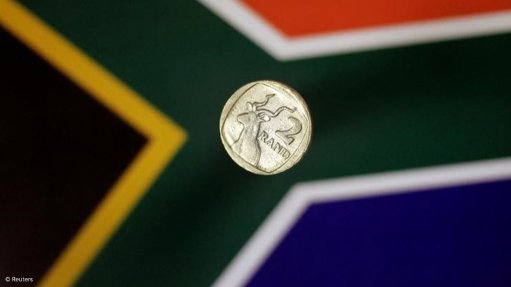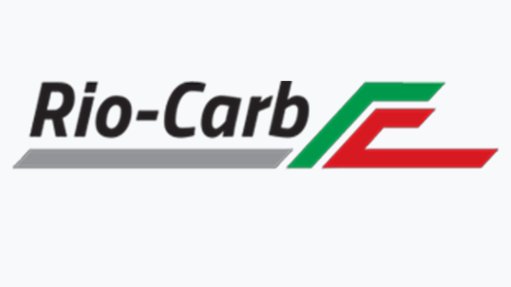Hive Hydrogen investment propels more economic opportunities in Gqeberha
Energy company Hive Hydrogen’s incoming R105-billion green ammonia plant in the Coega Industrial Development Zone, in Gqeberha, will create major opportunities for green industrial development and economic diversification in Nelson Mandela Bay.
Nelson Mandela Bay Business Chamber (NMBBC) as an active facilitator of economic growth in the bay, is positioning itself to unlock all emerging opportunities as a result of Hive Hydrogen’s investment, as well as other companies' investments, including that of automotive majors Volkswagen South Africa and Stellantis.
During a Nelson Mandela Bay Manufacturing Showcase hosted on June 6 and 7, Hive Hydrogen GM Colin Loubser affirmed the largest-ever inward investment in South Africa will establish one of the world’s largest green ammonia plants.
The plant is targeted to produce more than one-million tons of ammonia a year for export from 2029 and will comprise renewable-energy plants totalling 3 700 MW in the first phase, with more phases of expansion to follow.
The total investment envisioned for Hive Hydrogen in Gqeberha is estimated at $20-billion across four phases and will ultimately comprise 27 GW of renewable-energy developments. Construction on the first phase will start in 2026.
“The spin-offs in job creation, renewable-energy generation and desalinated water to be fed into the local grid, and up- and downstream economic opportunities, are substantial,” says NMBCC CEO Denise van Huyssteen.
The Phase 1 investments in the green ammonia plant will result in 20 000 direct and indirect jobs created in Nelson Mandela Bay, which the chamber aims to expand through opportunities in the supply chain and downstream. Loubser confirms the green ammonia plant will employ about 6 000 permanent employees.
The plant will also create opportunities for the country as a whole to become a leading producer of green hydrogen for export.
South Africa aims to capture 4% of the global green hydrogen market share by 2050.
Green ammonia is typically used for clean fuel manufacturing in the maritime industry, which Loubser says is becoming increasingly necessary given the shipping sector’s massive carbon emissions; green fertiliser; and mining explosives. Green ammonia is an ideal storage solution for renewable energy.
RESTORING THICKETS
Hive Ecosystems, as an environmental restoration arm of the business, has acquired 8 308 ha of degraded land with the aim of restoring vegetation and storing carbon, and thereby gain carbon credits.
Hive Ecosystems MD Japie Buckle says global efforts to combat climate change are increasingly focused on capture carbon permanently in the soil and plants, and from this develop a market whereby projects that achieve this can use and trade carbon credits.
A plant that captures significant amounts of carbon in semi-arid thicket areas of the world, particularly the Eastern Cape, is the spekboom. This vegetation type has been proven to sequestrate high volumes of CO2 over time.
Buckle explains that more than 1.18-million ha of thicket vegetation in the Albany thicket biome in South Africa is regarded as moderately to severely degraded, compared with 209 048 ha that is regarded as “intact”.
“The potential to expand the restoration of tickets through the carbon market business model is massive,” he states.
The thicket biome in the Eastern Cape has been decimated by overgrazing by animals such as Angora goats, creating vast areas of low value farmland. Spekboom thickets used to cover 1.4-million hectares across the dry areas of the Eastern Cape.
These degraded farmlands have a very low carbon base, making the potential carbon gains through spekboom planting higher.
Planted spekboom can sequester between 70 t/ha and 80 t/ha of carbon over a 30-year period, which, multiplied by 3.67 provides the amount of CO2 that can be stored.
Hive Ecosystems has built a 2.4 ha nursery area under share cloth where it propagates about 3-million spekboom rooted cuttings and thousands of woody tree seedlings a year.
Once the roots are strong enough, the plants are replanted in the degraded areas on the farms that Hive Ecosystems have purchased.
Buckle tells Engineering News that other businesses can see spekboom planting as a business opportunity to trade carbon credits, however, for an operation to be financially viable, between 5 000 ha and 10 000 ha would need to be planted.
Article Enquiry
Email Article
Save Article
Feedback
To advertise email advertising@creamermedia.co.za or click here
Comments
Press Office
Announcements
What's On
Subscribe to improve your user experience...
Option 1 (equivalent of R125 a month):
Receive a weekly copy of Creamer Media's Engineering News & Mining Weekly magazine
(print copy for those in South Africa and e-magazine for those outside of South Africa)
Receive daily email newsletters
Access to full search results
Access archive of magazine back copies
Access to Projects in Progress
Access to ONE Research Report of your choice in PDF format
Option 2 (equivalent of R375 a month):
All benefits from Option 1
PLUS
Access to Creamer Media's Research Channel Africa for ALL Research Reports, in PDF format, on various industrial and mining sectors
including Electricity; Water; Energy Transition; Hydrogen; Roads, Rail and Ports; Coal; Gold; Platinum; Battery Metals; etc.
Already a subscriber?
Forgotten your password?
Receive weekly copy of Creamer Media's Engineering News & Mining Weekly magazine (print copy for those in South Africa and e-magazine for those outside of South Africa)
➕
Recieve daily email newsletters
➕
Access to full search results
➕
Access archive of magazine back copies
➕
Access to Projects in Progress
➕
Access to ONE Research Report of your choice in PDF format
RESEARCH CHANNEL AFRICA
R4500 (equivalent of R375 a month)
SUBSCRIBEAll benefits from Option 1
➕
Access to Creamer Media's Research Channel Africa for ALL Research Reports on various industrial and mining sectors, in PDF format, including on:
Electricity
➕
Water
➕
Energy Transition
➕
Hydrogen
➕
Roads, Rail and Ports
➕
Coal
➕
Gold
➕
Platinum
➕
Battery Metals
➕
etc.
Receive all benefits from Option 1 or Option 2 delivered to numerous people at your company
➕
Multiple User names and Passwords for simultaneous log-ins
➕
Intranet integration access to all in your organisation





















